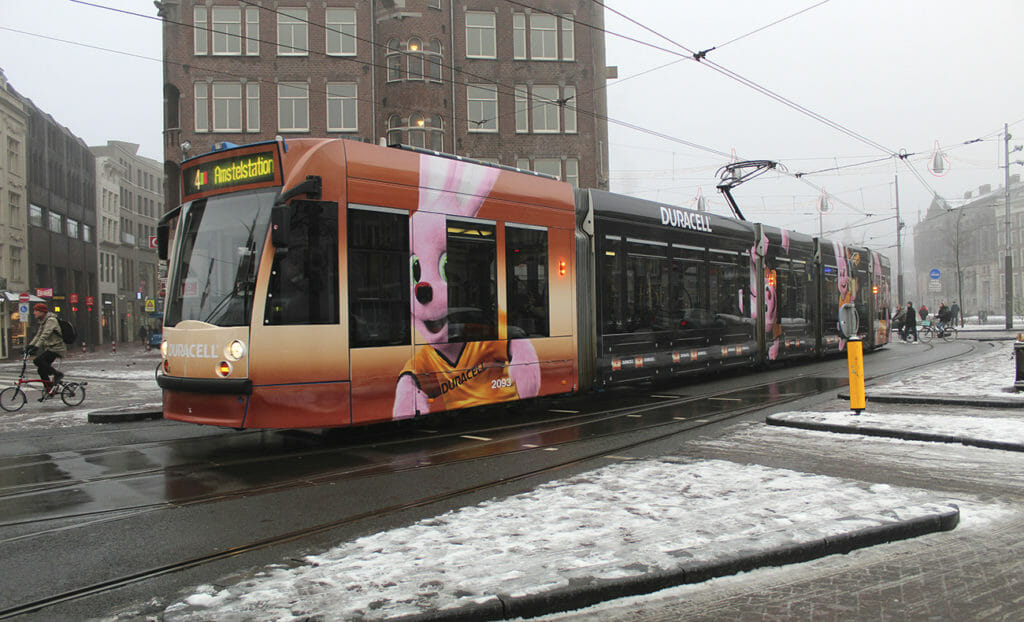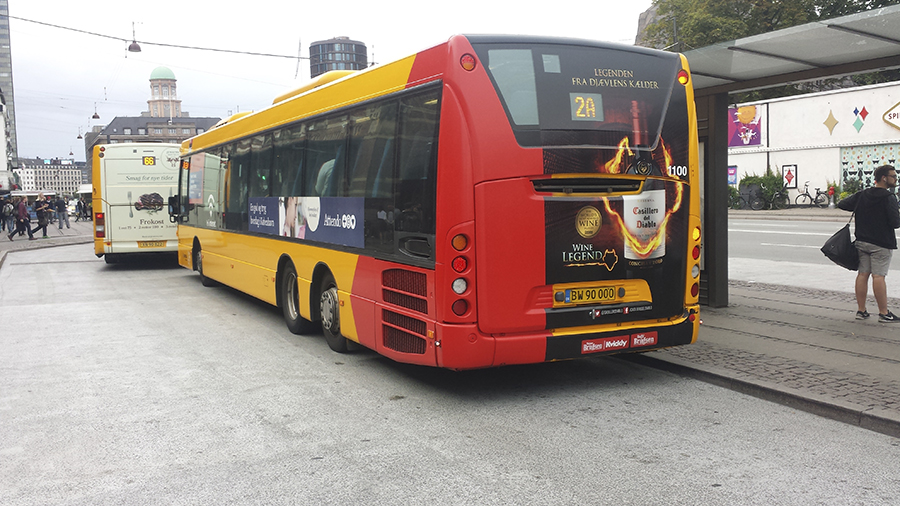From Poster to Digital – The transformation of outdoor advertising in Germany.
In recent years, outdoor advertising has developed into a dynamic and innovative area within the marketing landscape. In Germany, it is an integral part of the advertising strategies of many companies that want to address their target groups directly in public spaces. In this blog article, we take a look at the development of outdoor advertising in Germany, highlight current trends and challenges and outline possible future prospects.
HISTORICAL DEVELOPMENT
The history of outdoor advertising in Germany dates back to the 19th century, when posters and signs were the first forms of advertising in public spaces. With industrialisation, the importance of outdoor advertising increased as companies began to advertise their products and services more widely. The introduction of neon lights in the 1920s revolutionised the industry and led to a new era of visual communication.
In recent decades, outdoor advertising has evolved, particularly through the use of new technologies. Digital displays and interactive advertising spaces have the potential to personalise and optimise the way consumers are addressed.
Current trends
- DIGITALISATION
Digitalisation has fundamentally changed outdoor advertising. Digital billboards allow advertisers to customise content in real time and target it to specific audiences. This flexibility leads to greater efficiency and effectiveness of advertising campaigns.
- SUSTAINABILITY
More and more companies are emphasising sustainable practices in their advertising. This can be seen in the use of environmentally friendly materials for posters and the integration of solar energy to power digital advertising spaces. Consumers appreciate brands that take responsibility for their environment.
- INTERACTIVITY
Interactive elements such as QR codes or augmented reality (AR) offer new opportunities for customer loyalty. These technologies allow passers-by to interact directly with the brand, increasing engagement and creating a deeper connection.
- DATA-DRIVEN MARKETING
The use of data to analyse user behaviour is becoming increasingly important. Through targeted analyses, advertisers can find out which locations are most effective and which messages resonate best with their target group.






